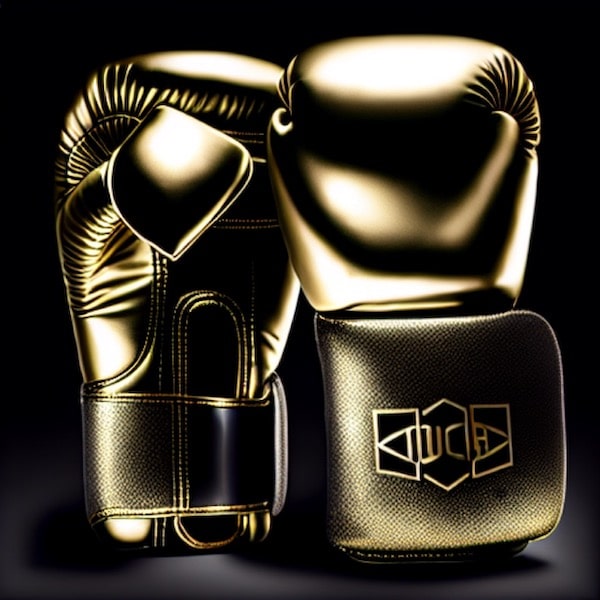Boxing gloves come in a variety of sizes that are generally measured in ounces (oz), which refer to the weight of the gloves. The weight of the gloves affects the amount of padding and therefore the level of protection they offer. The correct size for you can depend on your weight, the nature of your boxing (training or competition), and the specific requirements of your boxing club or sanctioning body.
Here are some common boxing glove sizes
- 8 oz: These are often used in professional fights, especially for fighters under the lightweight division. They have less padding, which makes punches more damaging.
- 10 oz: Also commonly used in professional fights, especially for fighters in higher weight classes. They also have less padding compared to training gloves.
- 12 oz: These are smaller training gloves, suitable for lighter weight fighters or those looking for a lighter glove for speed and precision.
- 14 oz: These are a common size for training gloves. They offer a balance between protection and weight and are suitable for lighter sparring and general training.
- 16 oz: These gloves are often used for sparring because they offer a lot of padding and protection. They’re recommended for adult boxers for safe sparring.
- 18 oz and 20 oz: These are heavier gloves often used for heavy bag work or by heavier weight boxers. They offer maximum protection but can be quite heavy and may slow down punches.
Types of Boxing Gloves
- Bag Gloves: These gloves are designed for heavy bag, speed bag, or pad training. They’re usually lighter, offering less padding. Bag gloves are meant to protect your hands, but not necessarily the bag or the person holding the mitts.
- Training Gloves: These gloves are versatile and can be used for almost any type of training. They’re heavier and offer more padding, making them suitable for sparring, bag work, and mitt work.
- Sparring Gloves: These gloves are designed for sparring with a partner. They’re heavier and have more padding to protect both you and your sparring partner.
- Competition Gloves: These are professional gloves used in official boxing matches. They’re typically lighter, offering less padding to increase the impact of punches. These are separated into amateur and professional gloves, each having its specific requirements.
Material
The most common materials for boxing gloves are vinyl and leather:
- Vinyl: These gloves are cheaper and are okay for beginners who aren’t sure whether they’ll stick with boxing. However, they may not last as long and don’t offer the same level of comfort and support as leather gloves.
- Leather: These gloves are more expensive, but they’re also more durable and will usually provide a better fit. Genuine leather gloves are a good investment if you plan to box regularly.
Fit and Comfort
A well-fitting boxing glove should feel snug around your entire hand. Your fingers should reach the top of the glove, but not be cramped. Your thumb should be comfortable and not bent. There should be enough room to open your hand inside the glove for clinching, but not too loose that your hand moves around.
Make sure you wear hand wraps when trying on boxing gloves. Wraps add extra bulk and support, and you’ll be wearing them whenever you box.
Remember that the above is a general guide and different brands might have slightly different weight distributions. It’s always best to try on a pair of gloves and see how they feel before making a decision. In a fight or competition, the gloves’ size is usually determined by the rules of the sanctioning body.
There are many reputable boxing glove brands. Some well-known and trusted brands include Everlast, Title, Cleto Reyes, Ringside, and Winning. Make sure to research and read reviews before making a purchase.
Remember, the right gloves can make a big difference in your boxing experience.
